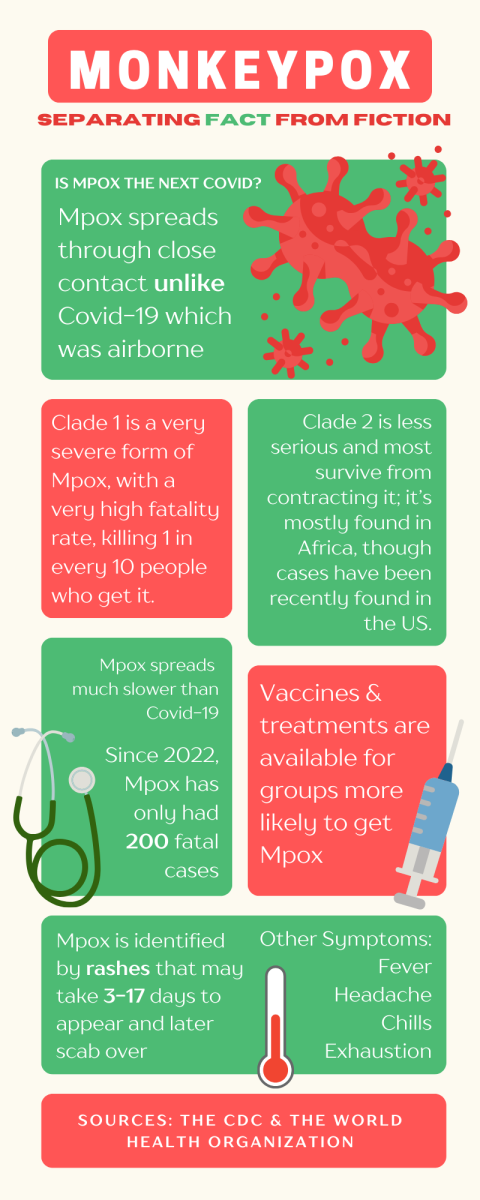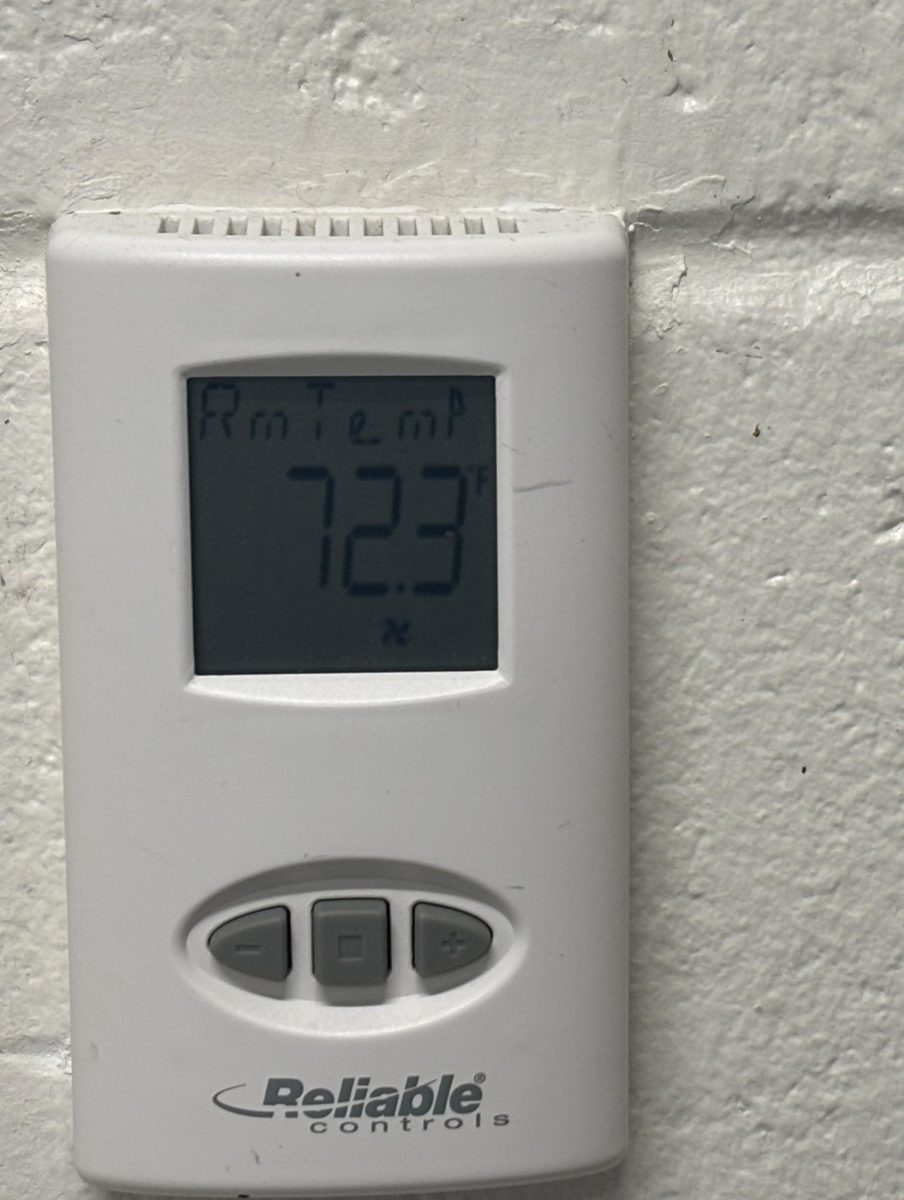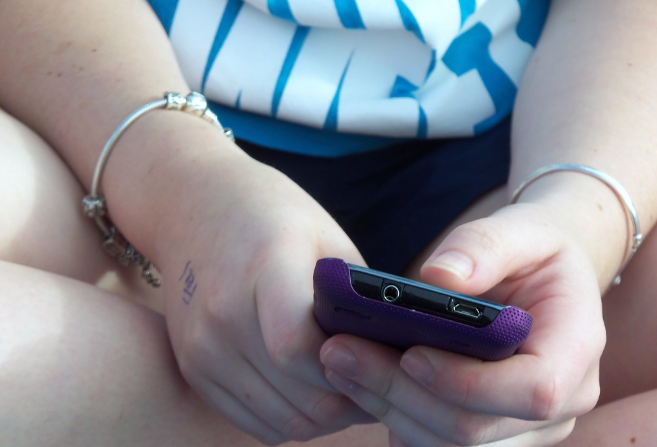Almost five years ago we were quarantined in our houses, wearing masks and social-distancing. Now in 2024, for most the life-changing event that was Covid has become a distant memory.
But, what if the plague-fearing lifestyle is threatening to make a comeback under a new name?
Rumors and misconceptions about Mpox, otherwise known as “monkey pox,” are making rounds on the internet after a gradual rise in cases around the world. As of 2024, authorities have reported 24,000 cases and 600 confirmed deaths as a result of Mpox.
Many online are worried that quarantine, masks, and social distancing may return with the emergence of this virus, so let’s dig into this outbreak to discover the truth.
A Pox Upon You
Let’s get some facts straight.
Mpox, formerly known as “Monkeypox,” is a zoonotic disease, which means it can be transferred between both humans and animals. It is primarily caused by the monkeypox virus, which was first documented in colonies of monkeys in 1958.
The most prominent symptom that distinguishes Mpox from other viral diseases is the skin rash.
“That [Mpox] rash almost looks like a really bad whitehead [zit],” South Forsyth’s Anatomy and Epidemiology teacher Kelsey Fusco said. “It oozes a little bit and that is what’s able to spread from person to person. When you touch somebody who has that pimply kind of looking rash, [or] if someone who has that pimply rash oozes onto a towel or bed sheet or some other surface and then somebody else touches that, that is also a way it can be transmitted.”
Mpox is not only spread through direct contact with an infected person or surface. The virus can also be transmitted to the fetus of a baby if the pregnant mother were to contract the virus herself.
Breaking Down an Outbreak
There are two distinct strands of this disease: Clade I and Clade II. The main difference between the two is that Clade I has a 1 in 10 fatality rate, while Clade II has a 99.9% recovery rate.
Recently, there has been a rise in Clade I cases within Central and East Africa, specifically in the Dominican Republic of the Congo. The outbreak in 2022 was primarily driven by Clade II, which has also become endemic throughout West Africa.
Cases that have been found in countries outside of Africa are typically a result of travelers who have flown into Africa for either business or vacation, contracted the virus, and then brought it back to their home country.
“You don’t necessarily know you have symptoms for a couple of days because of something called an incubation period, which is the time between exposure and showing symptoms,” Fusco said. “You could have been exposed, [but] you didn’t know that [so] you fly back home, you interact with your friends and family and then suddenly you have the rash, and that’s how things spread.”

Running from the Rumors
Misinformation about Mpox spreads faster than the disease itself. For one, many rumors insinuate that Mpox will become the next Covid-19, when in reality, they both spread and react in different ways.
Covid-19 is airborne and easily transmitted, while Mpox requires close or direct contact to an infected person to transmit. Mpox has two strains with varying levels of severity while Covid has a low fatality rate which is still decreasing, even though more people contract it. The two diseases are very different and shouldn’t be compared because each affects the human body differently.
Many rumors spread through the rise of internet usage. Social media has become such a huge part of many people’s everyday lives, and things said on Instagram, Tiktok, or Facebook aren’t the most reliable sources of information.
“If you are ever concerned, go to primary resources [with] people who know the stuff, the experts, the epidemiologists; I always go to CDC website, NIH (National Institute of Health), the WHO (World Health Organization) website is fantastic,” Fusco said.
She emphasizes the need for the public to listen to experts, not influencers, when it comes to matters of public health.
“[Listen to] sites that are going to have experts giving their opinion, they’re going to have expert data surveillance and information,” Fusco said. “And that’s the type of stuff that you want to rely on, not just the random posts on TikTok and social media that freak people out for no reason.”
The fear factor also heavily impacts how quickly misinformation spreads. Mpox has been around since 2020, but the upsurge of “we’re going to die” content put the disease in the spotlight in 2024; in reality, we have a 99% recovery rate for Clade 2 as well as an Mpox vaccine.
A-POX-alypse Survival Guide
Taking preventative measures like vaccines, washing your hands, keeping objects clean, being wary of who you’re in contact with, and other sanitary precautions will lower your risk of Mpox contraction.
“If you feel any illness while you’re at school, you can come to the clinic and we can check your temperature. And we can go from there,” says Clinic Nurse Alee Brown. “We’re going to ask you questions about if you’ve been exposed to anything at home, if other people are sick around you, those are common questions that we ask. Then if you have a fever or rashes or anything there, we’re going to refer you out to [a doctor].”
Mpox may be rumored to be the next big epidemic that will alter our lives, but the chances of that rumor turning true are very slim.
In reality, Mpox is a dangerous threat that plagues nations far from us. Nations that have underdeveloped medical resources and often inaccessible healthcare are the ones in real danger.
As with all diseases and viruses, rumors are bound to spread but we need to stay informed. Using basic media literacy skills to distinguish fact from fiction we can stay safe from rumors and stay aware of others’ circumstances.
Sources:
“Mpox” by the World Health Organization
“About Mpox” by the CDC






















